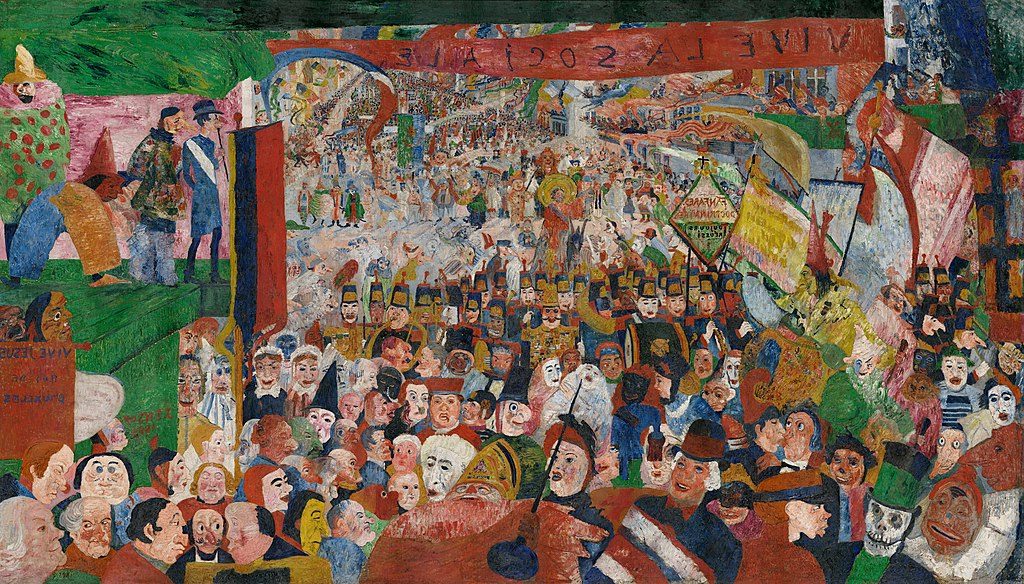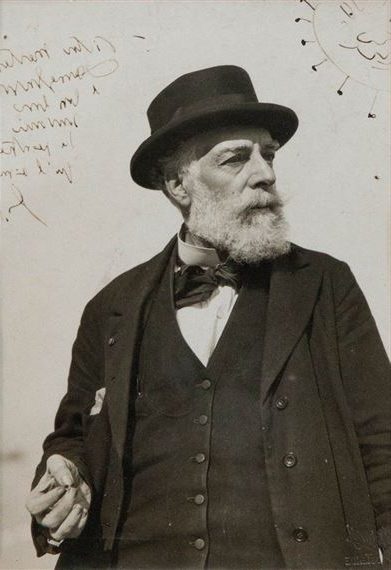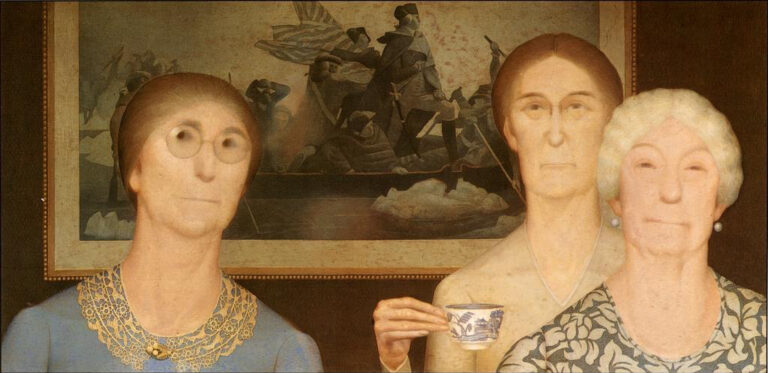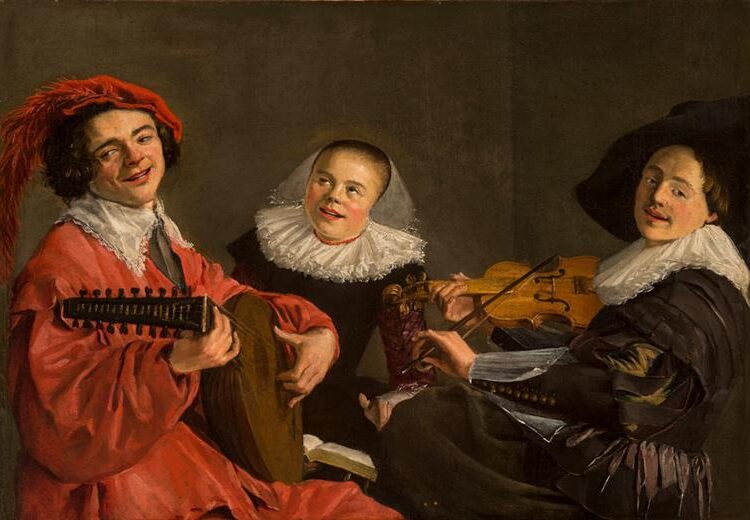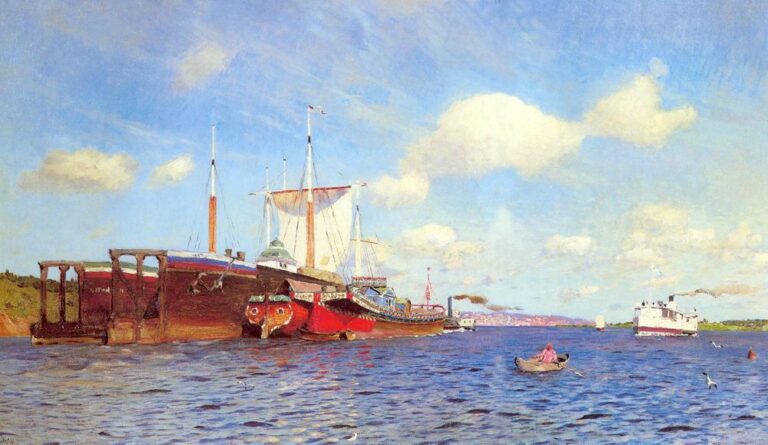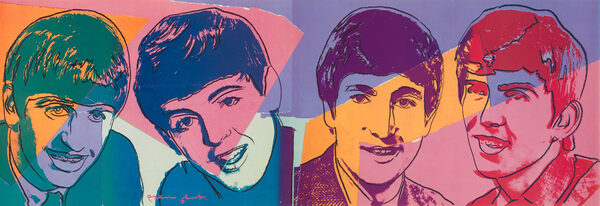James Ensor Painter: Belgian Expressionist Master of Masks and Macabre
Born: 13 April 1860, Ostend, Belgium
Death: 19 November 1949, Ostend, Belgium
Art Movement: Expressionism
Nationality: Belgian
Influenced By: Rembrandt and Peter Paul Rubens
Institution: Académie Royale des Beaux-Arts, Brussels
James Ensor Painter: Belgian Expressionist Master of Masks and Macabre
Life and Education of James Ensor
James Ensor was born in Ostend, Belgium in 1860. He spent most of his life in this coastal town, which shaped his art and worldview. His formal art education was brief but influential.
Early Years in Ostend
James Sidney Edouard Ensor grew up in Ostend, a seaside resort town. His parents ran a souvenir shop that sold carnival masks and toys. These items later inspired many of Ensor’s paintings.
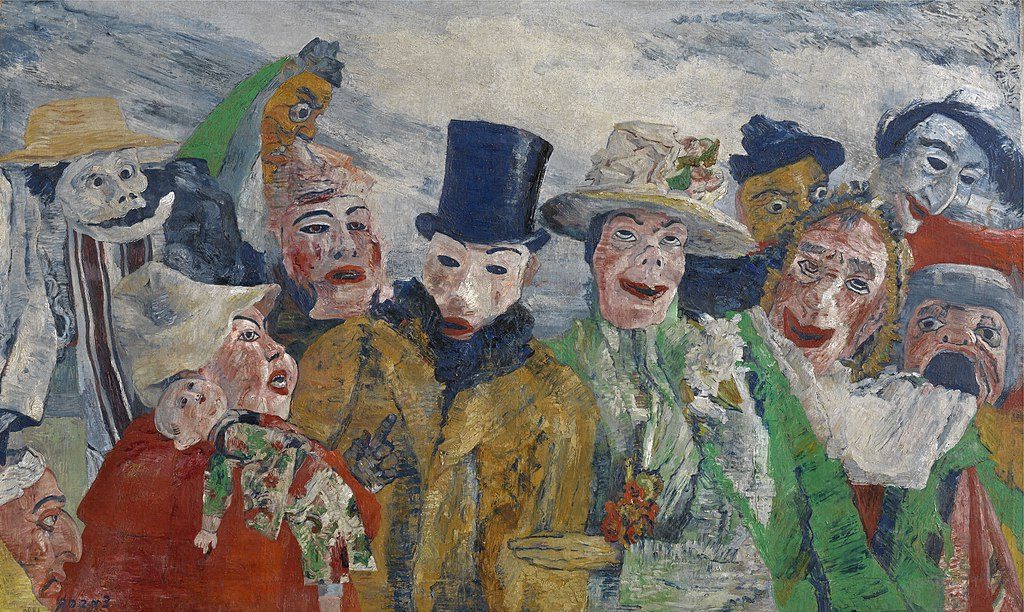
The Intrigue (1890) by James Ensor
As a child, he showed talent for art. He took drawing classes at the local school.
Ensor painted small nature scenes on cardboard during summers. He loved to watch the busy beaches and colorful tourists. The sights and sounds of Ostend left a big mark on his work.
Academic Pursuits at Académie Royale des Beaux-Arts
In 1877, Ensor moved to Brussels to study at the Académie Royale des Beaux-Arts. He spent three years there learning traditional painting methods. His teachers found him talented but stubborn. Ensor didn’t like the strict rules of academic art.
He left the Académie in 1880 and returned to Ostend. He set up an attic studio in his parents’ house. This space became his main workplace for many years.
Here, Ensor developed his unique style away from art world trends.
Artistic Style and Influence
James Ensor developed a unique artistic style that blended elements of Expressionism, Surrealism, and Symbolism. His work featured vivid colors, grotesque figures, and biting social commentary.

Attributes of the Studio (1889) by James Ensor
Development of Expressionism and Surrealism
Ensor’s art laid the groundwork for Expressionism and Surrealism. He used bold colors and distorted forms to convey emotion. His paintings often featured masks and skeletons, creating dreamlike scenes that influenced later Surrealist artists.
Ensor’s work “The Entry of Christ into Brussels” showcased his expressive style. The painting depicted a chaotic crowd with masked figures, mixing religious imagery with social critique.
His use of carnival imagery and Mardi Gras themes added a unique flair to his art. These elements helped Ensor create a surreal atmosphere in many of his works.
Symbolism and Realism Interplay
Ensor’s art blended Symbolism and Realism in interesting ways. He used realistic techniques to depict fantastical scenes and characters.


His paintings often included symbolic objects like masks to represent hidden truths or societal facades. Skeletons featured prominently as symbols of death and mortality.
Ensor’s work “Skeletons Warming Themselves” combined realistic rendering with symbolic meaning. The painting showed skeletons huddled around a stove, critiquing human nature and society.
As a printmaker, Ensor created etchings that further explored symbolic themes. These works allowed him to reach a wider audience with his ideas.
Influences and Contemporaries
Ensor drew inspiration from earlier masters like Rembrandt and Peter Paul Rubens. Their use of light and color influenced his painting technique.
He was part of a group of Belgian artists that included Fernand Khnopff and Théo Van Rysselberghe. These artists explored new styles and techniques together.
Ensor’s work later influenced German Expressionists like Emil Nolde and George Grosz. His use of masks and social commentary resonated with these artists.
Paul Klee and Alfred Kubin also drew inspiration from Ensor’s fantastical imagery. His blend of reality and imagination appealed to many modern artists.
Ensor’s unique style set him apart from his contemporaries. He paved the way for new art movements while maintaining his distinct artistic voice.
Major Works and Exhibitions
James Ensor created many striking paintings that shocked audiences and influenced later art movements. His works can be found in top museums around the world.

Fantastic Still Life (c. 1917) by James Ensor
Prolific Pieces and Their Impact
Ensor’s most famous painting is “Christ’s Entry into Brussels in 1889.” This large, colorful work shows a chaotic parade scene with masked figures. It caused a stir when first shown.
Other key paintings include “The Intrigue” and “Masks Confronting Death.” These pieces use masks and skeletons to explore social themes.
Ensor often painted carnival scenes and masked figures. “Scandalized Masks” and “Carnival Masks” are two examples. He also did religious works like “Tribulations of Saint Anthony.” His art mixed realism with fantasy elements.
Notable Public Collections and Displays
Many major museums own Ensor paintings. The Museum of Modern Art in New York has several pieces. The Art Institute of Chicago and J. Paul Getty Museum also have works.
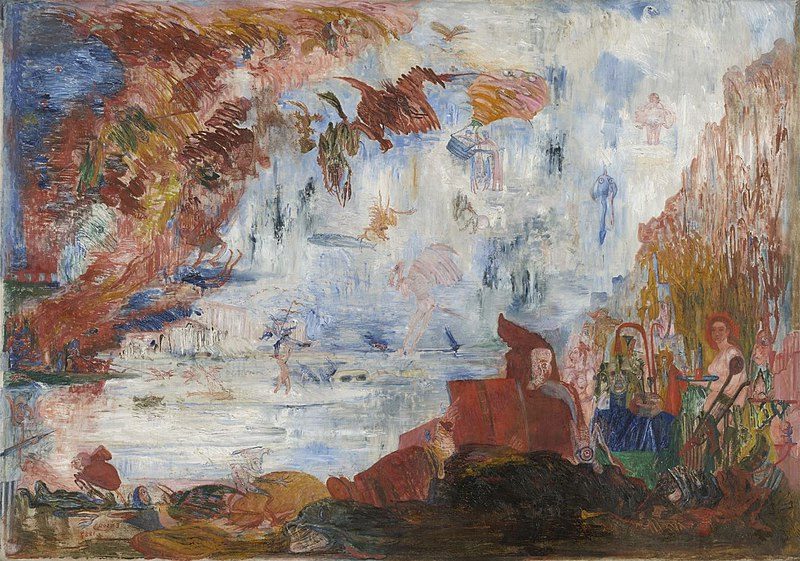
Tribulations of Saint Anthony (1887) by James Ensor
In Europe, the Royal Museums of Fine Arts of Belgium holds a large collection.
The Ensor Museum in Ostend, Belgium is dedicated to the artist. It displays personal items and artwork. Ensor’s home studio is part of the museum.
The Kröller-Müller Museum in the Netherlands has an Ensor room. Munich’s Neue Pinakothek shows some of his paintings too.
Frequently Asked Questions
James Ensor’s art sparked many questions about his style, influences, and themes. His unique vision left a lasting impact on the art world.
What are the defining themes in James Ensor’s artworks?
Ensor’s art often focused on masks, death, and social criticism. He painted crowded scenes filled with strange figures wearing masks or with skull-like faces. Many of his works showed carnivals and parades with a dark twist.
Ensor also liked to mock authority figures. He painted religious leaders, politicians, and other powerful people in unflattering ways.
How did James Ensor influence the Expressionist and Surrealist movements?
Ensor’s bold colors and distorted figures paved the way for Expressionism. His dream-like scenes and odd juxtapositions inspired Surrealists.
He broke from traditional painting styles. This rebellious approach encouraged other artists to experiment with new ideas.
What is the significance of ‘Christ’s Entry into Brussels in 1889’ in Ensor’s body of work?
‘Christ’s Entry into Brussels in 1889’ is one of Ensor’s most famous paintings. It shows a chaotic parade with a tiny Christ figure almost lost in the crowd.
This large work combines many of Ensor’s key themes. It mixes religious imagery with social satire and features his trademark masks and grotesque faces.
Can you describe the role of masks in James Ensor’s paintings?
Masks were a central motif in Ensor’s art. He grew up near a shop that sold carnival masks, which sparked his interest.
In his paintings, masks often hide people’s true nature. They can represent hypocrisy or the roles people play in society.
What was the impact of Belgian culture on James Ensor’s art?
Ensor spent most of his life in Ostend, Belgium. The city’s carnival celebrations influenced his love of masks and crowds.
Belgian folk traditions and religious imagery appear in many of his works. He also critiqued Belgian society and politics through his art.
How did James Ensor’s style evolve throughout his career?
Early in his career, Ensor painted in a more realistic style. He soon moved towards brighter colors and more fantastic subjects.
His middle period produced his most famous and innovative works. Later in life, his style became less radical, but he continued to use bright colors and dream-like imagery.

